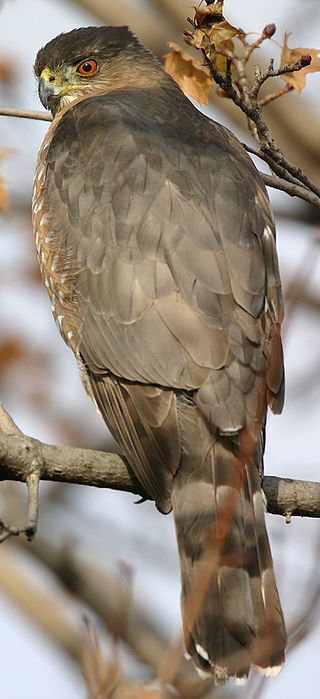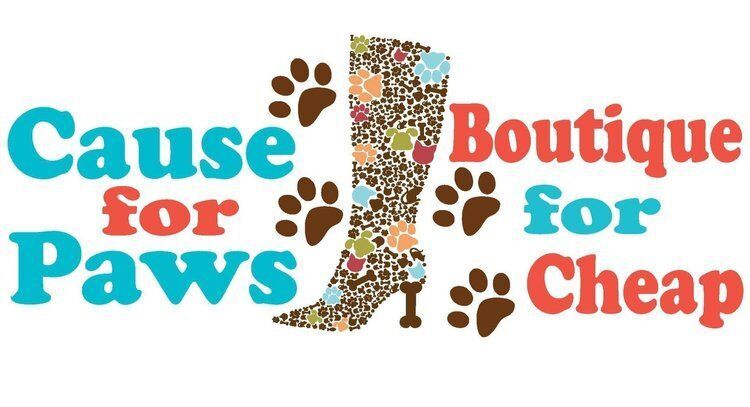
Many of us have been faced with an emergency of a family member and we know to call 911 or rush to the emergency room of our local hospital. Pet owners who have been faced with an emergency know to call their local vet or have the number of an emergency vet on hand who will walk us through what to do or tell us to come into their office, but what do we do if we have an emergency or an injury to a non-domestic animal? I had one of these instances come up recently when a young hawk was found on my back patio. My initial response was panic, because “What am I going to do with an injured baby hawk?”. I had three young girls that didn’t need to see that mess and of course all they wanted to do was go down and see what all my commotion was about, and I didn’t really want to touch it. After a few moments of panic and random web searching, I calmed down and realized I needed to get in touch with our local chapter of Nebraska Game and Parks Commission. Of course, this baby hawk had to fly into my window and injure itself on a Saturday afternoon when their office was closed. Now, I am not a bird expert and not sure which ones are endangered and I also didn’t want anyone thinking I’m out hunting without a permit or license. I leave a very long winded and somewhat panicked voicemail, that I am sure they have kept and played for their friends’ amusement many times, to tell them all about this baby hawk and how we aren’t sure what to do with it and not sure how it got here along with my name, address and contact information. Unfortunately, the baby hawk didn’t survive, and the Nebraska Game and Parks Commission didn’t need to see it or run any tests, so I could dispose of it at my convenience.
Many times, we don’t want to rush up on a wild animal, even if it is injured or in distress, because that can cause them to lash out or attack if they feel threatened. These animals aren’t vaccinated and will often carry diseases that are dangerous to us or our pets. In most cases, wild animals should be left alone if found in the wild. Their parents can be nearby or visit them to help nurse them back to health. It can be a disadvantage for young animals to be taken care of by humans early on and then released back into the wild without those necessary survival skills.
Here are a couple tips for common animals in this area:
If you find a hatchling or nestling (young bird without feathers) outside of a nest, you can try to return it to the nest. It is a myth that the parent will reject it if touched by a human.
If you find a turtle in the road, you can take that opportunity to move it to the edge of the road in the direction it was heading.
You will often see a baby deer alone, but that doesn’t mean it is orphaned. Does only come to nurse their young a few times a day to avoid attracting predators. Unless you know the mother is deceased and not returning, leave the fawn alone.
Baby rabbits that can hop on their own should be left alone but if you find a nest of young rabbits, lightly cover it with materials like grass, fur or leaves. They do not like foreign smells and may cause the parent to abandon their young.
It is illegal to keep a wild animal as a pet. Please contact your local chapter of Game and Parks or the Wildlife Commission. They will be able to put you in touch with a rehabilitation center, if necessary or appropriate, or give you instructions on how to proceed next. Remember, these are wild animals even if they are small, sick, injured or alone and they can attack if they feel threatened and potentially hurt us more than we think.
First Published on Beatrice Daily Sun: https://beatricedailysun.com/opinion/columnists/what-to-do-when-there-is-a-wildlife-emergency/article_8fcfad2a-c975-55f7-940e-d7b601fc4b49.html




